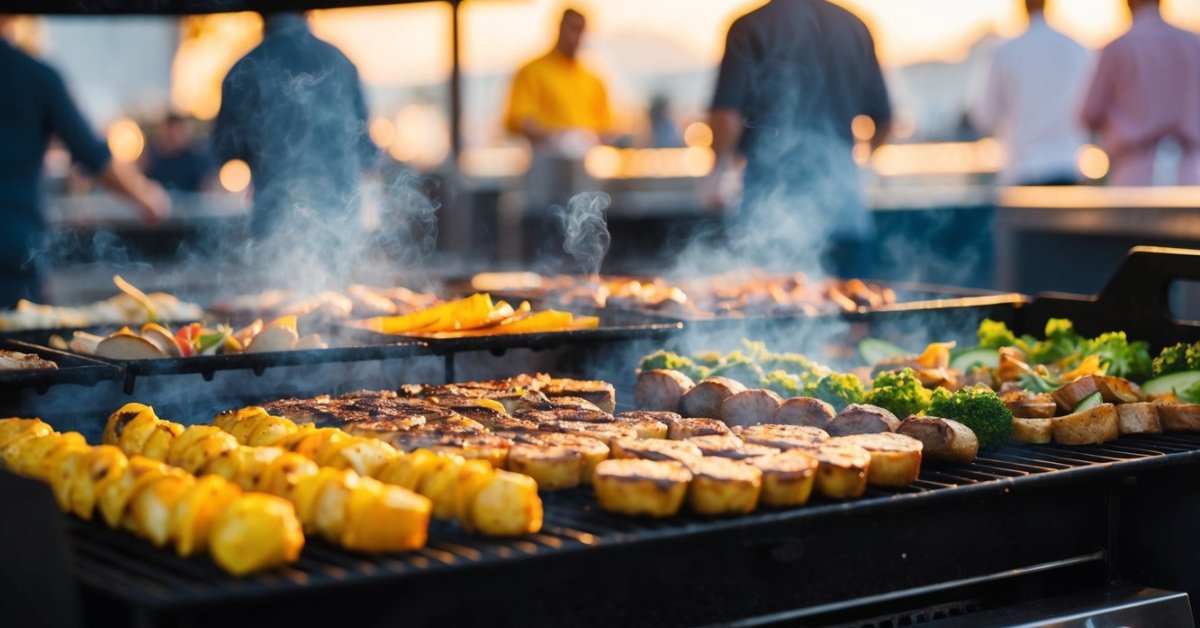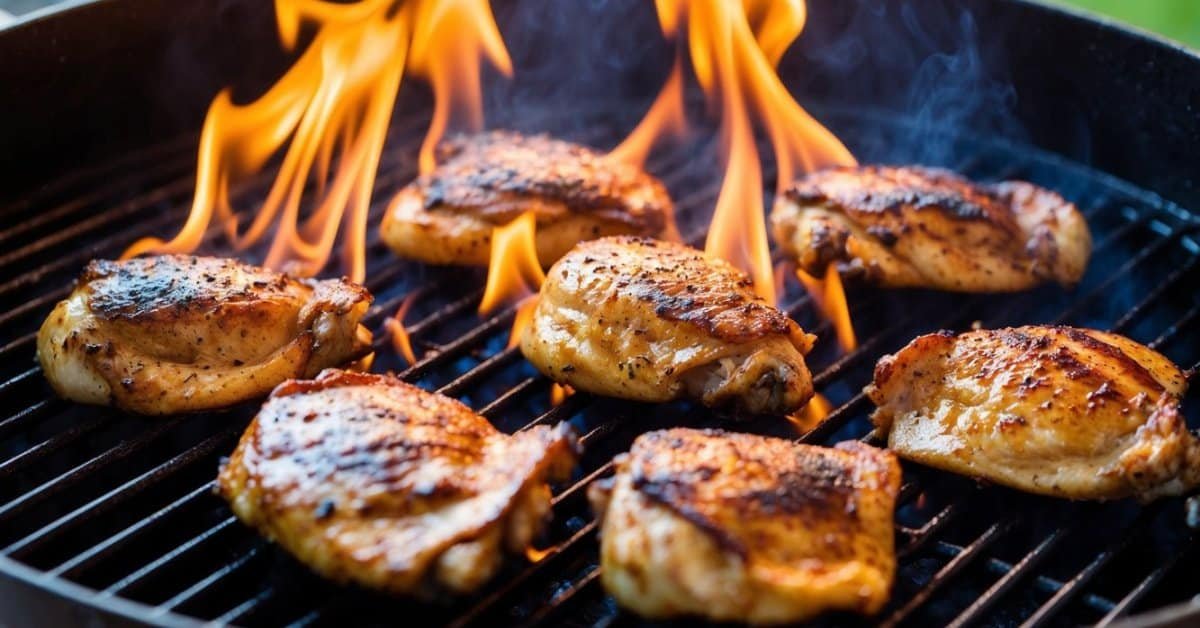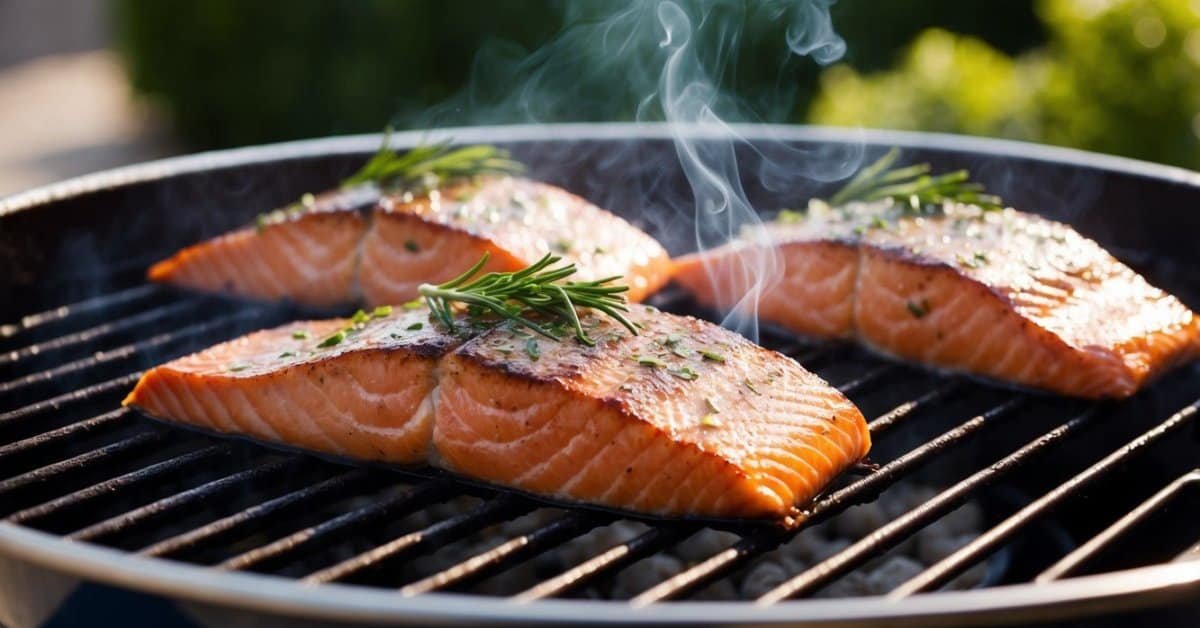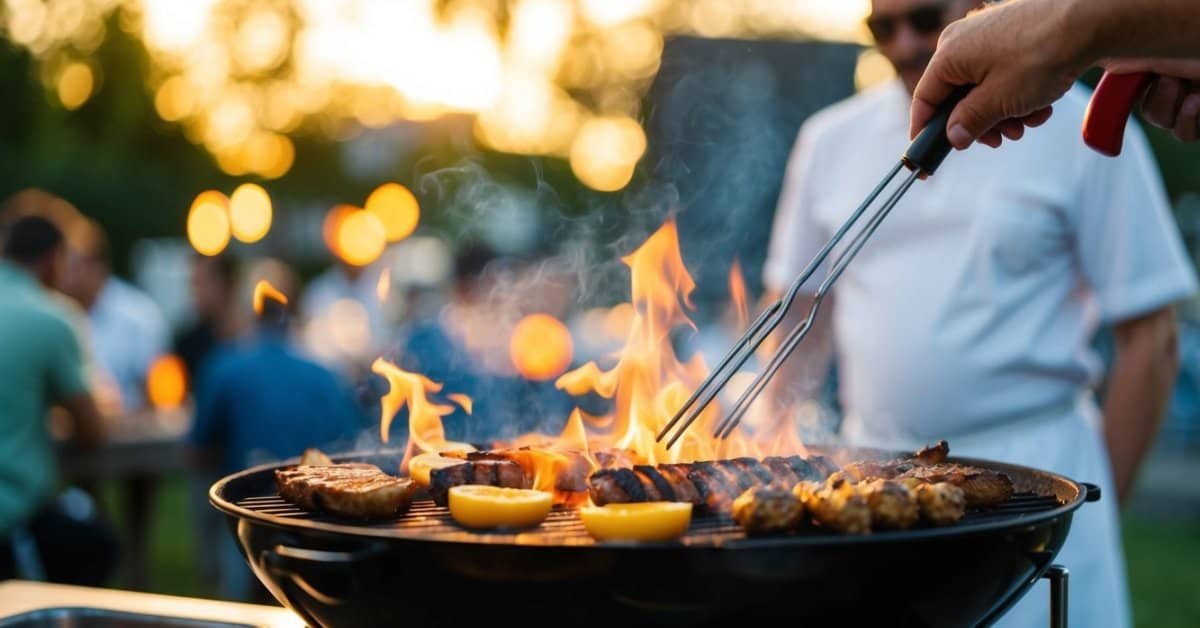Charcoal is an essential component of any grilling or smoking experience. However, choosing the right type of charcoal can be a daunting task for both novice and experienced grillers. Two of the most popular types of charcoal are lump charcoal and charcoal briquettes. While both types of charcoal serve the same purpose, they differ in various aspects, including composition, burning time, and temperature control.

Lump charcoal is made by burning wood in the absence of oxygen to create charred pieces of wood. It is considered a more natural option because it does not contain any additives or chemicals. On the other hand, charcoal briquettes are made from a combination of charcoal dust, coal dust, sawdust, and additives such as borax, starch, and limestone. This mixture is compressed into uniform shapes using a binding agent. While lump charcoal burns hotter and faster than charcoal briquettes, it is more challenging to control the temperature. Charcoal briquettes, on the other hand, burn longer and more consistently, making them ideal for low and slow cooking.
Charcoal Briquettes vs Lump Charcoal
When it comes to grilling, the choice of fuel can make a significant difference in the taste and quality of the food. Charcoal is a popular choice among grill masters, but there are two options available: charcoal briquettes and lump charcoal.
Charcoal Briquettes
Charcoal briquettes are made from sawdust, wood scraps, and fillers such as borax and limestone. They are compressed into uniform shapes and sizes, making them easier to use and store. Charcoal briquettes are affordable and widely available, making them a popular choice for backyard barbecues.
One of the advantages of charcoal briquettes is their consistent size and shape, which makes it easier to control the temperature of the grill. They also produce a steady temperature, making them ideal for low and slow cooking. However, they tend to produce a large amount of ash, which can be messy and require frequent cleaning.
Lump Charcoal
Lump charcoal, on the other hand, is made from pieces of wood that have been charred in a low-oxygen kiln. It is all-natural and does not contain any additives or fillers. Lump charcoal is available in a variety of sizes and shapes, which can make it more challenging to control the temperature of the grill.
One of the advantages of lump charcoal is that it burns hotter than charcoal briquettes, making it ideal for high-heat cooking and searing. It also produces a smoky flavor that many grill enthusiasts prefer. However, it can be more expensive than charcoal briquettes and may require more effort to light and maintain the fire.
Which is Better?
Ultimately, the choice between charcoal briquettes and lump charcoal comes down to personal preference and cooking style. Charcoal briquettes are a more affordable and convenient option for backyard barbecues, while lump charcoal is favored by purists for its all-natural composition and smoky flavor.
Both options have their advantages and disadvantages, and it’s up to the grill master to decide which one is best for their needs. It’s important to keep in mind that the quality of the charcoal can also vary depending on the brand and source, so it’s worth experimenting with different options to find the perfect fit for your grill.
What are Charcoal Briquettes?
Charcoal briquettes are a popular form of charcoal used for grilling and smoking. They are made from a combination of fillers, additives, and sawdust that are compressed into uniform shapes and sizes. Briquettes are often preferred over lump charcoal due to their consistent shape and size, which allows for more even cooking.
The most popular brand of charcoal briquettes is Kingsford, which is made from a mixture of hardwood sawdust, borax, limestone, and cornstarch binder. The mixture is then heated to a high temperature to remove moisture and create carbonization. The resulting charcoal briquettes are uniform in shape and size, and have a chemical smell due to the additives used in the production process.
One advantage of charcoal briquettes is their availability. They can be found in most hardware stores, supermarkets, and big-box retailers like Target and Walmart. They are also affordable and can be used in gas grills with the help of a smoker box.
However, purists argue that charcoal briquettes are not all-natural and can produce a chemical taste in food. They also produce a large amount of ash and are not ideal for high-heat cooking like searing burgers.
To address these concerns, some manufacturers have started producing all-natural charcoal briquettes made from wood scraps and sawdust, with no fillers or additives. These briquettes produce a smoky flavor and are ideal for low and slow cooking methods like smoking chicken. They also light quickly and have little ash production.
Overall, the choice between charcoal briquettes and lump charcoal comes down to personal preference and cooking style. Charcoal briquettes are consistent in shape and size, making them ideal for consistent temperature control, while lump charcoal offers a variety of shapes and sizes for more versatile cooking.
What is Lump Charcoal?
Lump charcoal is a type of charcoal made from natural hardwood, such as hickory, oak, mesquite, or applewood. It is produced by slowly burning pieces of wood in the absence of oxygen until all the natural chemicals, sap, and moisture get out of the wood. This carbonization process leaves behind pure carbon, which is then crushed into small pieces to make lump charcoal.
Compared to charcoal briquettes, lump charcoal is considered more natural and pure because it does not contain any fillers or binders. It also produces less ash and smoke flavor, making it a popular choice among purists who want a smoky flavor without the added chemicals.
Lump charcoal burns hotter and faster than charcoal briquettes, which makes it ideal for high-heat searing and grilling. It also provides a unique smoky flavor that cannot be replicated with gas grills.
One downside of lump charcoal is that it comes in irregular sizes and shapes, which can make temperature control more challenging. However, some cooking styles, such as the snake method, can help maintain a steady temperature using lump charcoal.

« Calibrate Meat Thermometer: The Importance of Accurate Temperature Readings for Safe Cooking
How Much Charcoal to Use in a Grill: A Guide for Perfect Grilling Every Time »
Another disadvantage of lump charcoal is that it tends to be more expensive than charcoal briquettes due to its purity and natural composition. However, some brands offer recycled lump charcoal made from wood scraps, which can be a more affordable and eco-friendly option.
In summary, lump charcoal is a natural and pure fuel source that provides a unique smoky flavor and burns hotter than charcoal briquettes. It is ideal for high-heat searing and grilling, but temperature control can be challenging due to its irregular size and shape.
Pros and Cons of Charcoal Briquettes
Charcoal briquettes have been a popular choice for grilling and smoking for many years. However, they do have their pros and cons. In this section, we will discuss the advantages and disadvantages of using charcoal briquettes.
Pros
- Availability: Charcoal briquettes are widely available in hardware stores, grocery stores, and online retailers like Target and Walmart. They are also affordable and can be purchased in large quantities.
- Temperature Control: Charcoal briquettes provide consistent temperature control, making them ideal for low and slow cooking styles like smoking chicken and ribs.
- Little Ash Production: Charcoal briquettes produce less ash than lump charcoal, which means less cleanup after grilling.
- Steady Temperature: Charcoal briquettes burn steadily and provide a steady temperature, which is great for high-heat cooking like searing burgers.
- Lights Quickly: Charcoal briquettes light quickly and are ready to use in about 15 minutes.
- Uniform Shape and Size: Charcoal briquettes are uniform in shape and size, which makes them easy to stack and arrange for even cooking.
Cons
- Fillers and Additives: Charcoal briquettes often contain fillers and additives like sawdust, borax, limestone, and sap. These additives can affect the taste and flavor of the food.
- Chemical Smell: Some charcoal briquettes may have a chemical smell when burning, which can affect the smoky flavor of the food.
- Large Ash Production: While charcoal briquettes produce less ash than lump charcoal, they still produce a significant amount of ash, which can be messy and require more cleanup.
- Less Flavorful: Charcoal briquettes are often made from softwood scraps, which can result in a less flavorful and less smoky taste compared to hardwood lump charcoal.
- Less All-Natural: Charcoal briquettes are not always all-natural and can contain additives like binders and fillers.
- Less Variety: Charcoal briquettes come in a limited variety of flavors and types compared to lump charcoal.
- Less Reusable: Charcoal briquettes are less reusable than lump charcoal because they break down more easily during combustion.
In conclusion, charcoal briquettes have their advantages and disadvantages. They are widely available, affordable, and provide consistent temperature control, making them a popular choice for grill masters. However, they do contain fillers and additives that can affect the taste and flavor of the food, and produce a significant amount of ash. It ultimately comes down to personal preference and cooking style when choosing between charcoal briquettes and lump charcoal.














